Maybe your client asked you for advice on what flooring to use in her new single-family home. Maybe you’re remodeling your bathroom and want to know the best types of flooring for your needs. Either way, this article will make your work easier for you.
Table of Contents:
Good flooring is in demand right now. Over the past five years, the market size for flooring installers in the US increased faster than the economy; the industry’s largest market segments include new single-family and multi-family construction. As of 2022, the market size for the flooring installers industry stands at 27.2 billion USD.
But what is flooring? It may be a bit more layered (pun intended) than you think at first.
“Flooring” refers to a permanent covering of a floor. However, it can also refer to the work of installing a permanent covering. “Floor covering”, on the other hand, generally describes any finishing material applied over a floor in order to provide a walking surface.
The two terms tend to be used interchangeably, but “floor covering” more often refers to more loosely laid materials.
There are, of course, various kinds of flooring you can choose from. Broadly, they are:
- Resilient (resin, cork, linoleum, vinyl, rubber)
- Non-resilient (stone, ceramic, wood, laminate)
- Carpets & rugs
These can further be broken down into residential and non-residential applications.
Best Types of Flooring for Your Purposes
Naturally, the more resilient, durable, and aesthetically pleasing the type of floor material is, the more expensive it will be.
Having said that, there are less costly alternatives available nowadays for the kitchen, living room, bathroom, and beyond. It’s all about making choices wisely.
For example, mixing and matching different kinds of flooring in your home can give you a stylish look without breaking the bank. This can also help you meet each room’s requirements in terms of foot traffic, purpose, resistance to humidity, furniture weight, and style.
If you’re wondering what look to choose, we recommend researching the latest tile and stone trends.
With that, let’s dive into types of flooring and flooring trends.
Tile Flooring
Tile flooring is an excellent choice for high-moisture rooms that are likely to get wet, such as the kitchen, bathroom, basement, and laundry room. It is versatile and can even mimic stone, wood, or fabric.
In very wet spaces, such as showers, use smaller tiles to minimize the chances of slipping. Furthermore, in colder climates, consider under-floor heating, as tiles can get cool easily.
Types of Tile Flooring
- Porcelain: Less porous, more water-resistant, and more durable than ceramic. It is more expensive per square foot than ceramic.
- Ceramic: Made from clay. It is a more comfortable walking surface compared to other tiles.
- Natural stone: This can include granite, slate, and marble. It has the potential to be costly and less durable than other tiles.
- Engineered tile: Created with limestone, marble, and other materials like epoxy.
- Metal
- Mosaic glass
- Cement
Advantages of Tile Flooring
- Many options in texture, color, quality, and pattern
- Easy to clean
- Difficult to dent or scratch due to their hardness
- Suitable for wet environments
Disadvantages of Tile Flooring
- Tedious to install
- Can be expensive
- It can break if there is a lack of support beneath the tiles
- Some stones, such as slate and marble, require extra care and may chip, scuff, or stain easily
- Highly polished stone can be slippery when wet
Hardwood Flooring
Hardwood flooring can be expensive to install, but many homeowners invest in it for its ROI and longevity. There are many types of hardwood to choose from, such as white oak, red oak, maple, hickory, and walnut.
Types of Hardwood Flooring
- Solid hardwood boards: Milled from a single piece of wood
- Engineered hardwood flooring: This consists of a multi-layered base made of polymers, resin, and wood, with real hardwood on the surface. This can be far less expensive than solid hardwood.
Hardwood options of the past required regular maintenance, but now many hardwoods have dent-resistant, scratch-resistant, and waterproof options. These are ideal for busy areas like hallways and high-moisture areas like bathrooms and kitchens. They can also benefit families with children and pets.
Advantages of Hardwood Flooring
- Versatile and can complement many interior styles
- Long-lasting
- It can increase a home’s resale value since it is so sought-after
Disadvantages of Hardwood Flooring
- It can be expensive – the average cost is 5 to 10 USD per square foot
- You usually need professional help for a good finish
- Can warp from long exposure to moisture – not suitable for laundry rooms or bathrooms
- Can fade from long exposure to UV rays – can be prevented with the use of carpets and window coverings
- It may not be scratch-resistant, depending on the wood – be careful with your vacuum cleaner
If you want to choose hardwood flooring, we recommend looking out for the mark of the Forest Stewardship Council (FSC), which conveys the sustainability of source forests and environmentally responsible practices during production.
Furthermore, note that lacquered timber is more durable but will require re-lacquering and sanding if it gets scratched.
Vinyl Flooring
Vinyl flooring is cost-effective and durable. It is available in sheets, planks, or tiles. It is made from plastic, typically PVC, acrylic, and other polymers.
Advantages of Vinyl Flooring
- Waterproof, durable and stain-resistant
- Inexpensive and ideal for high-traffic areas such as hallways and kitchens
- Suitable for wet areas
- Easy to install and can be installed directly over most existing floors – methods include peel-and-stick, click-lock, and adhesive.
- Available in many style and color options
- It has a nice shine due to finishes such as no-wax and urethane, so it does not require buffing or polishing.
- Can look like tile or hardwood for a luxurious appearance
Disadvantages of Vinyl Flooring
- While vinyl can imitate wood well in appearance, it is not as resilient as natural wood flooring.
- It cannot be repaired easily
- It emits volatile organic compounds (VOCs) and is not easily recyclable – not a sustainable option even when phalate-free
- It has a relatively short lifespan and is not easy to remove
- There is no way to refinish it after it’s worn out, unlike other types of flooring – full replacement will be needed
If you are considering vinyl, consider the wear layer or top surface. Thickness ranges from 4 mm to 40 mm, and thicker layers are ideal for homes with children, pets, and high traffic.
Laminate Flooring
Laminate flooring is another cost-effective option. It consists of a particleboard or fiberboard wood base topped by a clear, protective layer of plastic. A photographic image of tile, timber, etc., is placed on the wood base. The average cost for installed flooring is 3 to 7 USD per square foot.
Advantages of Laminate Flooring
- Cost-effective
- Suitable for high-traffic areas
- DIY-friendly
- Scratch-resistant
- Easy to clean
- Easy to install
- Various styles and colors are available
Disadvantages of Laminate Flooring
- Can be damaged from moisture – avoid in wet areas such as the bathroom
- Has a hollow sound
- Chips easily
- Can be cold and hard underfoot, depending on the manufacturer
- Does not perfectly imitate wood’s appearance – recommended to avoid cheap faux wood laminate
Rubber Flooring
Rubber flooring, including rubber tires, can be made from synthetic or natural materials. It is categorized as resilient flooring because it exhibits elasticity or “bounce.” Hence, it suits high-traffic areas and is often used for dance floors and restaurants.
It can be used for children’s playrooms, bathrooms, garages, and other areas in residential buildings.
Fun fact: Rubber has a far longer history than you might think. Around 1600 BC, Mesoamerican civilizations used sap from rubber trees for waterproofing and leisure activities.
Advantages of Rubber Flooring
- Moisture and stain-resistant, durable, absorbs sound, and elastic – ideal for wet rooms and modern spaces
- Non-slip surface
- Sustainable and natural options are available, though these require a plywood sub-floor
- Available in vibrant shades
- Cheaper than tile or stone
- Can be recycled at the end of life
Disadvantages Rubber Flooring
- Can be stained with fats and oils – not suitable for the kitchen
- It may require special products and floor detergents to clean
Choosing the best flooring for your space isn’t as simple as looking at the top flooring trends or what’s on sale. Your decision will be influenced by durability, budget, moisture, maintenance, and many other factors.
A new floor can be a significant investment, so we recommend balancing your style with your needs. Make sure you discuss your ideas and requirements with your flooring contractor to ensure the project meets your standards.
Reliable shop drawing services are also required for high-quality floors. BluEntCAD provides tile shop drawings and stone shop drawings to flooring manufacturers and installers, stone manufacturers and installers, home builders, real estate developers, large architectural and engineering companies, and design-build contractors.
Whether your flooring is for commercial, hospitality, residential, or infrastructure projects, we’ve covered you with shop drawing services. Contact us now!
Maximum Value. Achieved.













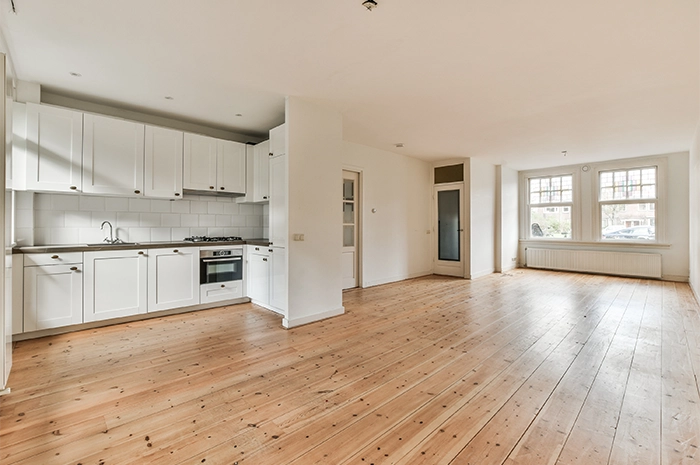

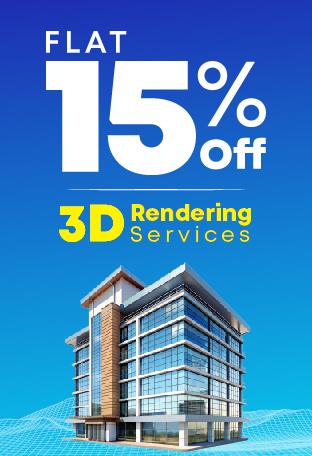


 7 Best Paint Colors to Elevate Hotel Interior Design
7 Best Paint Colors to Elevate Hotel Interior Design 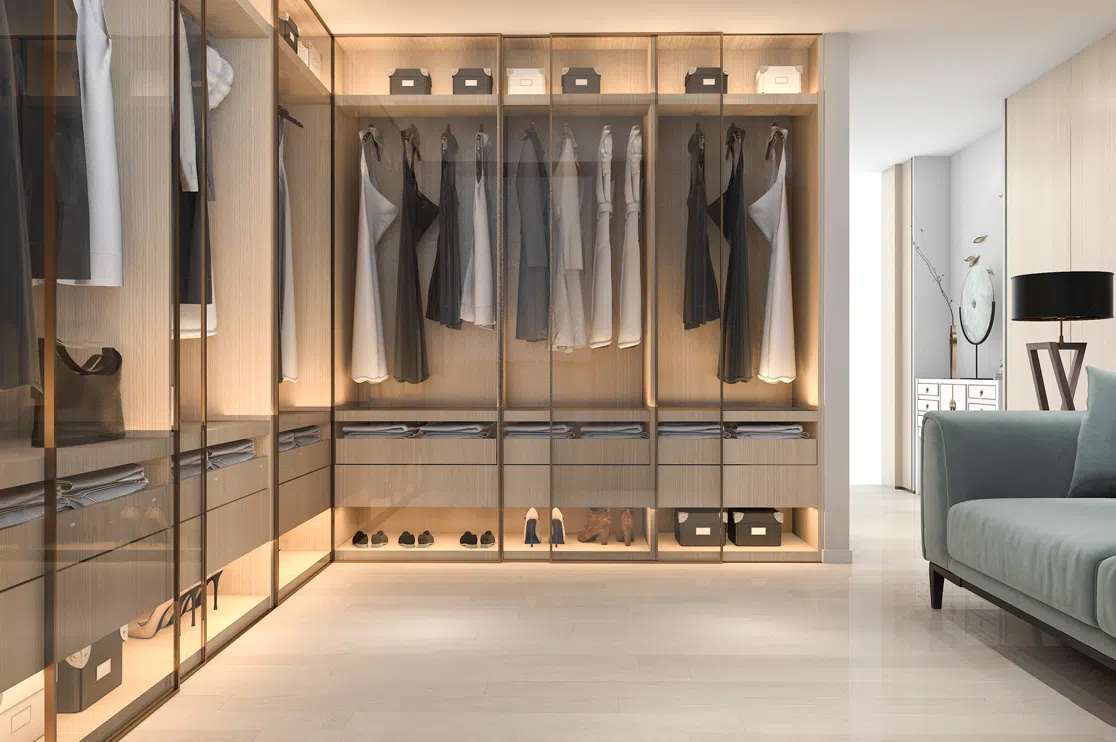 Best 3D Custom Wardrobe Designs for Your Bedroom
Best 3D Custom Wardrobe Designs for Your Bedroom 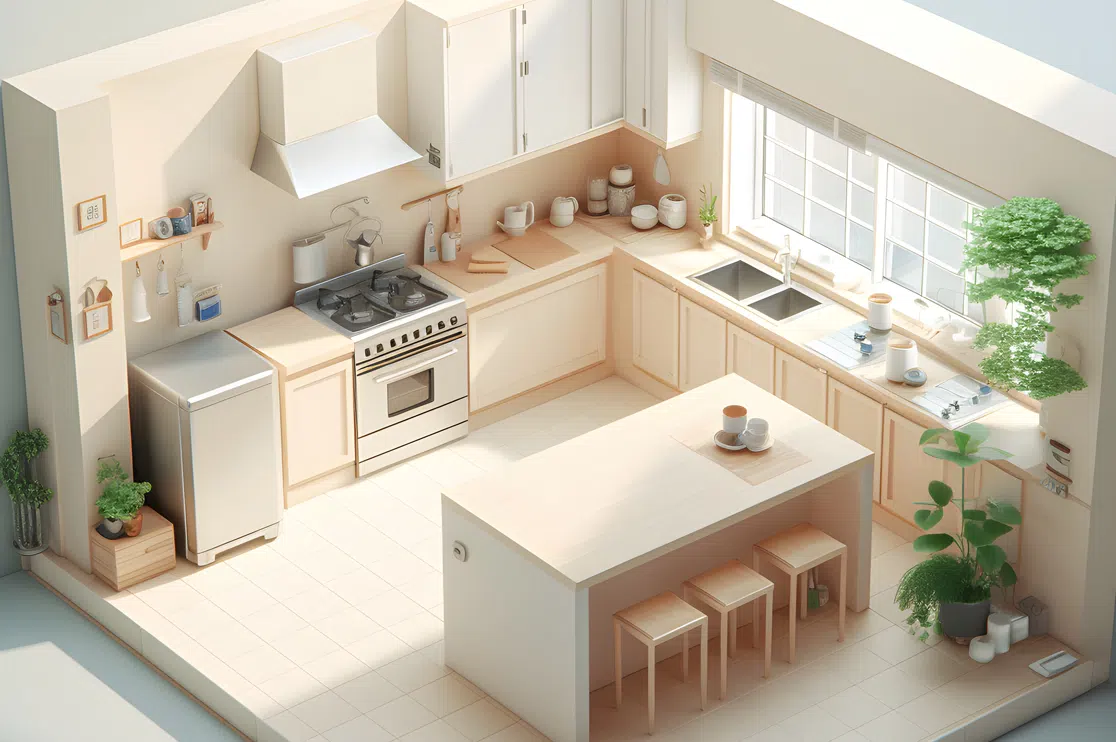 7 Stunning 3D Kitchen Design Ideas for a Perfect Remodel
7 Stunning 3D Kitchen Design Ideas for a Perfect Remodel 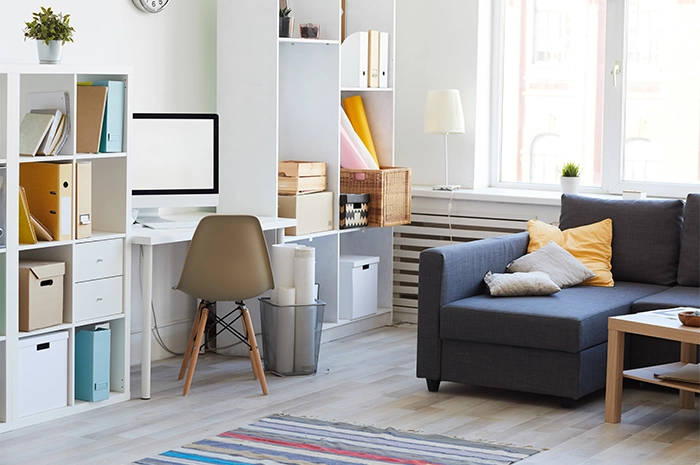 Emotional Design: How Architecture Affects Mood
Emotional Design: How Architecture Affects Mood